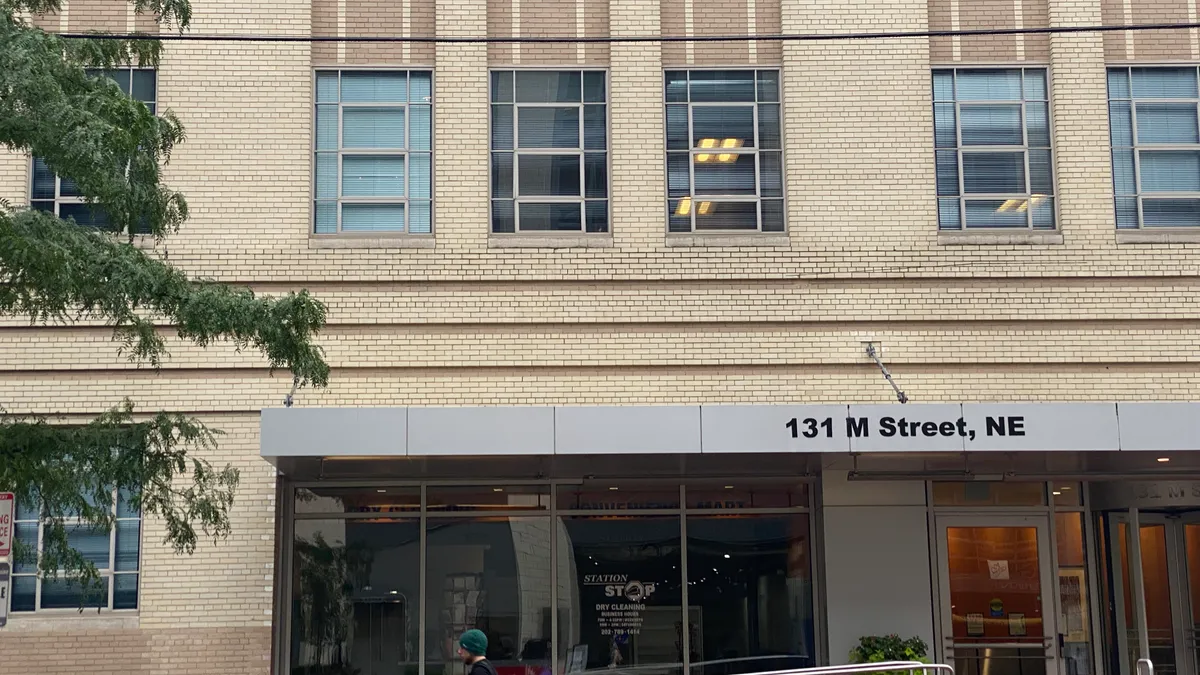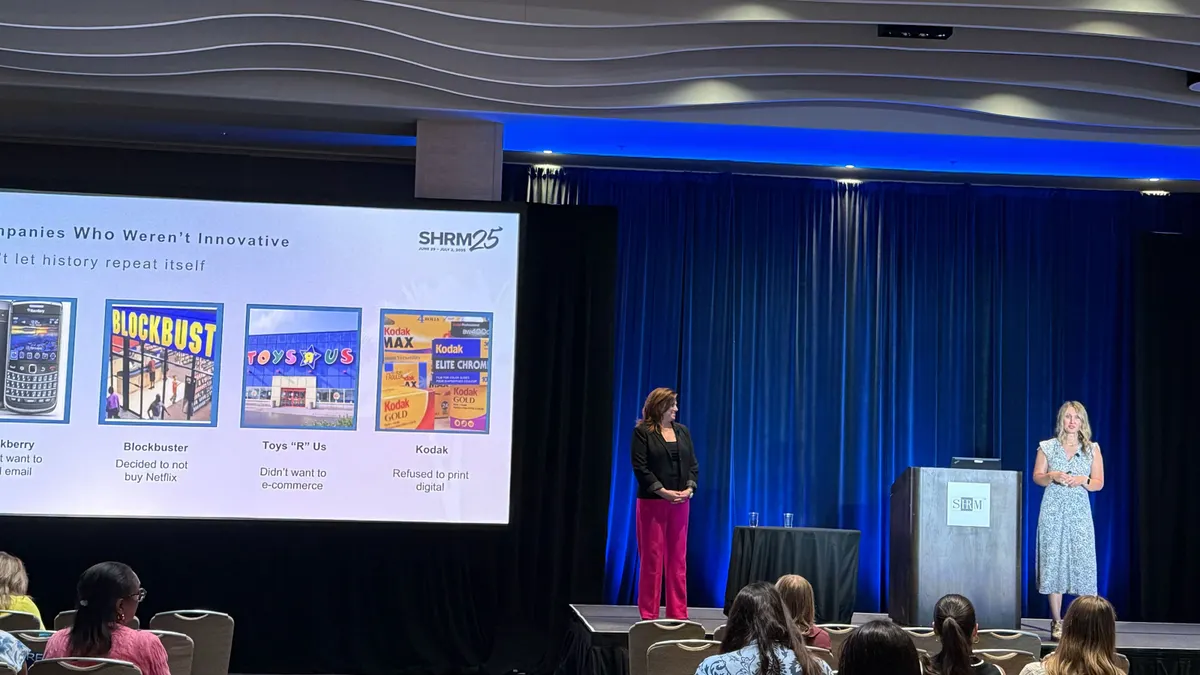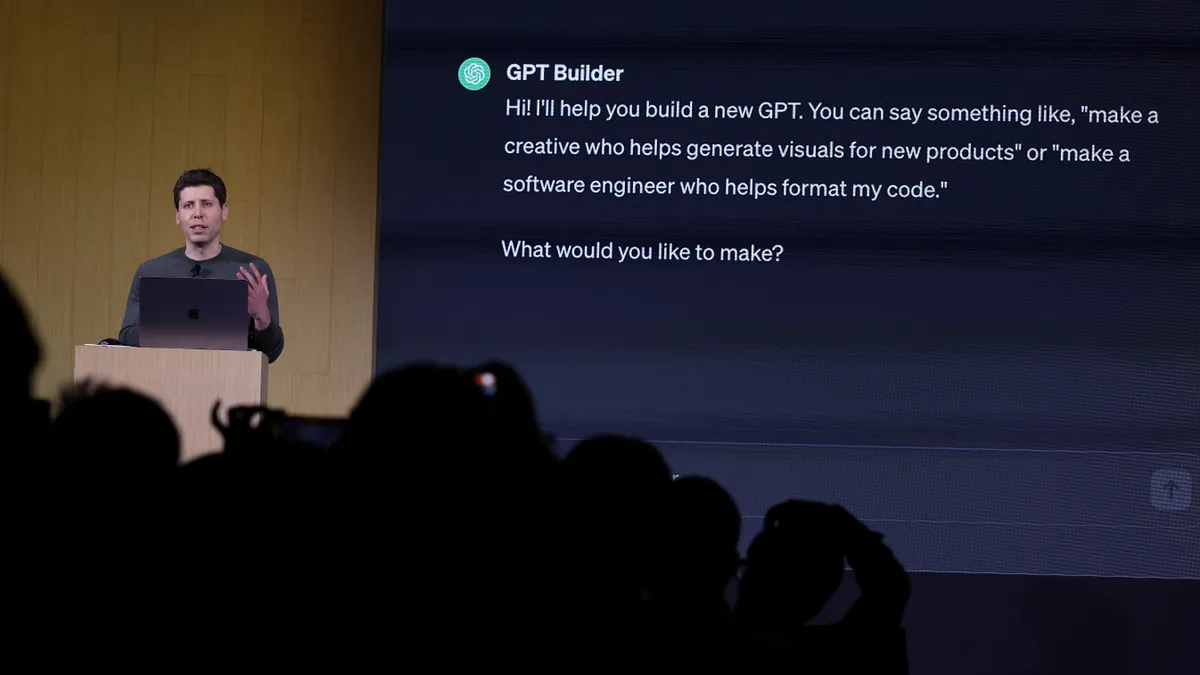As HR professionals have long known, just because someone appears to be a good fit from their resume doesn’t mean they’re a good fit in practice.
That’s why hiring professionals have been eager for a more granular record of people’s skills and knowledge. One possible candidate — and perhaps one of the newest — is the “comprehensive learner record” (CLR).
What is the CLR?
The CLR is a persistent record that demonstrates learning both in and out of the classroom, and a partnership of education organizations is helping schools adopt such records.
They’re designed to be more detailed than today’s transcript. While a transcript is a summary of what classes someone took and what grade they earned, the CLR goes into finer detail about things like the specific learning objectives of each class, as well as extracurricular experiences such as jobs or student activities that are germane to an open position.
For example, while a transcript might say someone took a sociology course and got a B+, a CLR could also say that this particular course involved a lot of data analysis — meaning that if a person applies for a position involving data, they would be able to demonstrate their knowledge in this area even if they never took a course focused on data alone.
Further, a CLR allows for things such as the skills one picks up at jobs or student activities. Someone, for instance, might have served as treasurer for an intramural soccer league and therefore understand the fundamentals of bookkeeping.
T he traditional transcript doesn’t serve the labor market well, according to Mark McConahay, the CLR coordinator for the American Association of Collegiate Registrars and Admissions Officers (AACRAO).
“One of the reasons the CLR was born is that they really wanted to capture and account for all the learning occurring both inside and outside the classroom. Let’s capture those learning outcomes associated with those disciplinary and job based skills. But also if you were taking part in an internship, if you were doing some community service, all these things, especially if they were supervised, may be terrific learning experiences and they should be expressed on behalf of the student,” he said.
The CLR is meant to be built on open data standards that allow for interoperability between organizations; it’s also designed to be recognizable to proprietary HR systems. While one can theoretically print it out as a PDF and hand someone a copy, it is primarily conceived of as a digital document that, unlike a transcript, travels with the individual from job to job.
“The institution should send the credential to the student, and the student should be able to curate it and send it to the reviewer, whoever that might be, whether a job candidacy or grad school, and the idea is that even though it’s gone through the hands of the learner, [people can] trust that tamper evidence has not been broken,” McConahay said.
That feature is crucial, said Kelly Hoyland, director of higher education programs with 1EdTech. She said the latest version will use blockchain as one of the options for verification, in the similar manner of other credentialing systems such as those for digital drivers licenses and vaccine records. She added, too, that the data format would help HR professionals specifically be able to conduct more granular searches when looking for candidates.
The CLR also furthers the trend away from degree requirements and toward skill-based hiring by providing a trusted record that gets away from simple summary grades and more toward the specific competencies someone has, Hoyland added. While typically discussed in the context of college students, older workers in the middle of their career may find CLRs useful, as well.
Keith Look, vice president of education solutions with Territorium, agreed, saying that there has been a great disservice to people who may lack an educational qualification but have skills by the boatload. The CLR can be a tool to help these people be taken more seriously as job candidates, he said.
Some individuals have a sparse resume or incomplete transcript. “We have diverse learners who can show what they know in ways that go far beyond what you can demonstrate between first and second period. To give them that vehicle, even those who may have been out of employment and are looking to reengage, [it lets them demonstrate] those experiences with their business, or church or other activities.”
Can it overtake other solutions?
At the university level, support for CLRs has been growing rapidly, according to McConahay: a recent survey of 319 education professionals by AACRAO found that 58% had implemented or were considering some form of digital credentialing, which includes the CLR. He said he expects this figure to grow, projecting that more than 50% of postsecondary institutions will deploy CLRs or micro-credentialing expressions in the next five years or so.
The initiative faces hurdles, however. Josh Bersin, president and founder of enterprise learning and talent management advisory firm Bersin & Associates, said one challenge is getting support from both organizations and software vendors. The problem with traditional transcripts and resumes is a known one, and other players have been working on their own solutions, many of which are already in play, he noted. In this respect, he said the CLR would be in fierce competition with other standards and programs.
“They’re not waiting for this. They are building tools that can scan your resume, look at your job history, look at your connections on LinkedIn, look at credentials on other systems, things you posted online or other degrees you’ve gotten and they infer with AI what your skills are and that is actually working today,” he said.
Bersin said for the CLR to be widely successful, it would need to be supported by major software vendors that make proprietary systems. It would need a big vendor — such as Workday or Oracle or SAP — to not just adopt it but promote it, so that customers start to demand it, which would in turn pressure other vendors to do the same.
McConahay acknowledged the need for partnerships but pointed to institutions already supporting the CLR. Major transcript vendors are now supporting some form of CLR, he said, and the major diploma vendors have started getting into the space as well.
Still, enterprise resource planning and student information systems have generally not made the changes required to support the CLR, he noted. However, he said he believes that as time goes on, organizations will see the advantage of the skills-based approach and will be drawn to the CLR pathway to meet their hiring objectives. And even then, people don’t necessarily have to wait for this support to begin using the CLR: “In the meantime, either institutions integrate the information from other systems or repositories, or rely on middleware partners to assist with this task,” he said in a follow-up email.
How can an HR department try it out?
HR pros intrigued by the idea should first assess the ability of their current talent management system to ingest the data that comes from a CLR, Look said.
“It’s also okay to call people like us and ask ‘how does this work?’ There’s a level of education involved in any of these systems,” he said.
For small organizations that do a lot of manual screening, printed CLR files can act as an intermediary step while getting the right software systems in place, said Hoyland.
Look said that, should the CLR proliferate, it could not only change hiring but recruiting as well. He said he envisions a world where people will be able to access CLRs to scout out possible candidates before a job ad is even placed.
“Lots of sports coaches have figured out you can start scouting potential players early in their careers. We see college coaches at young basketball camps texting players,” he said. “The CLR environment will, I think, allow employers to be in the same sort of recruiting game for their own labor force… by making those connections and being able to tailor opportunities to talent as they fit to court the kinds of people, conditions and skills they want to see in their own pipelines.”




















